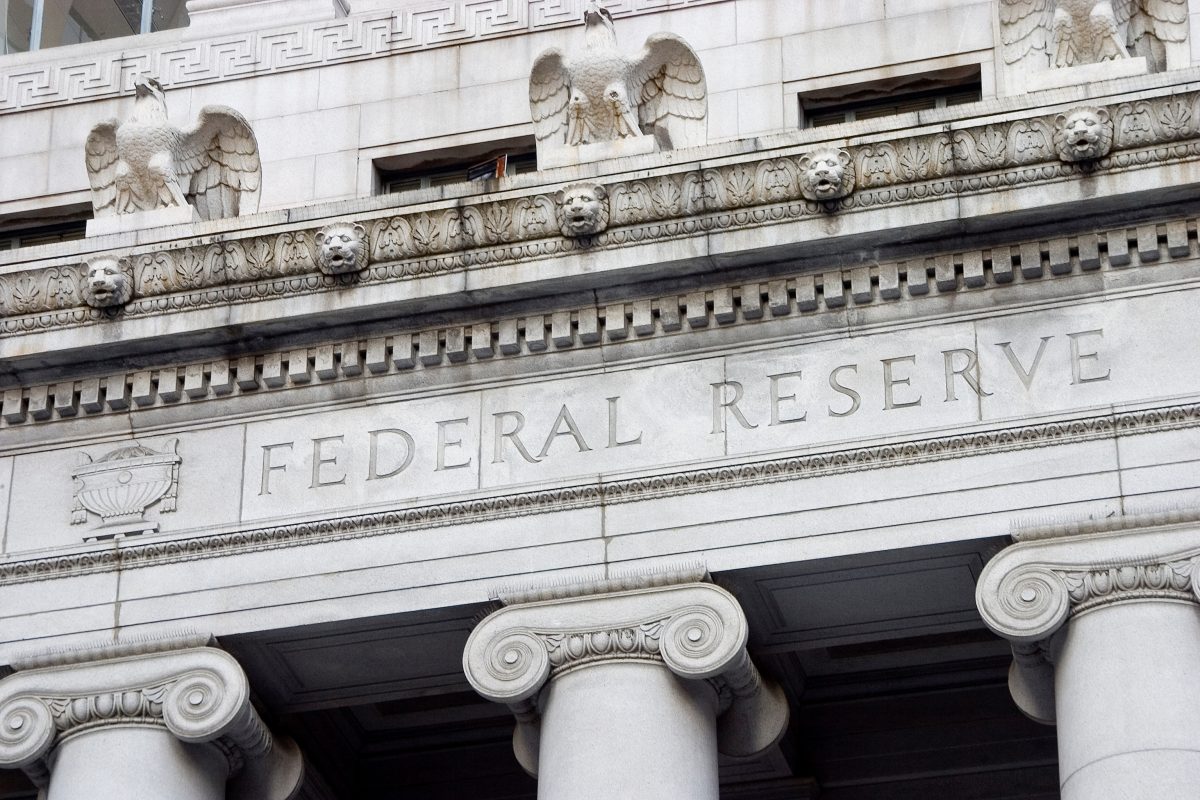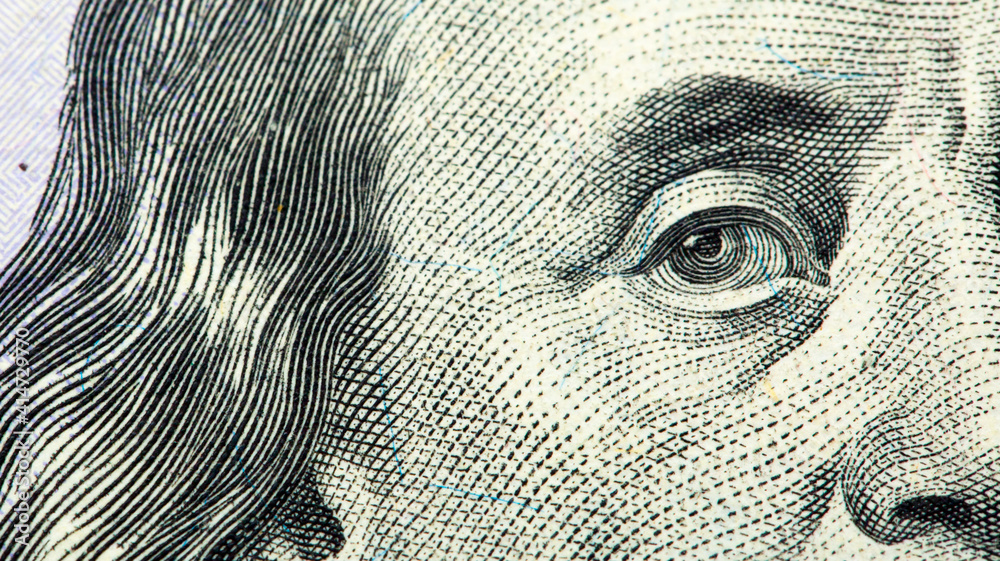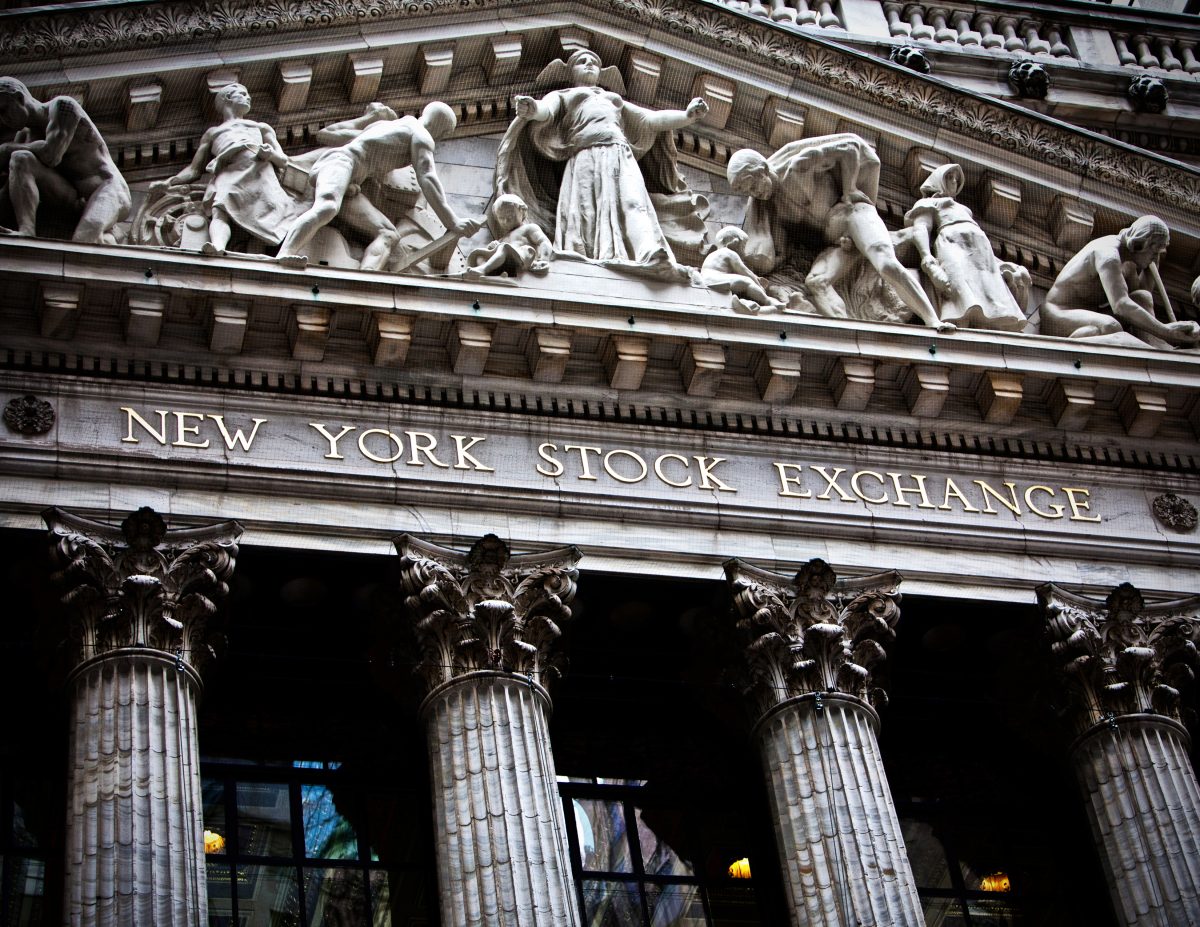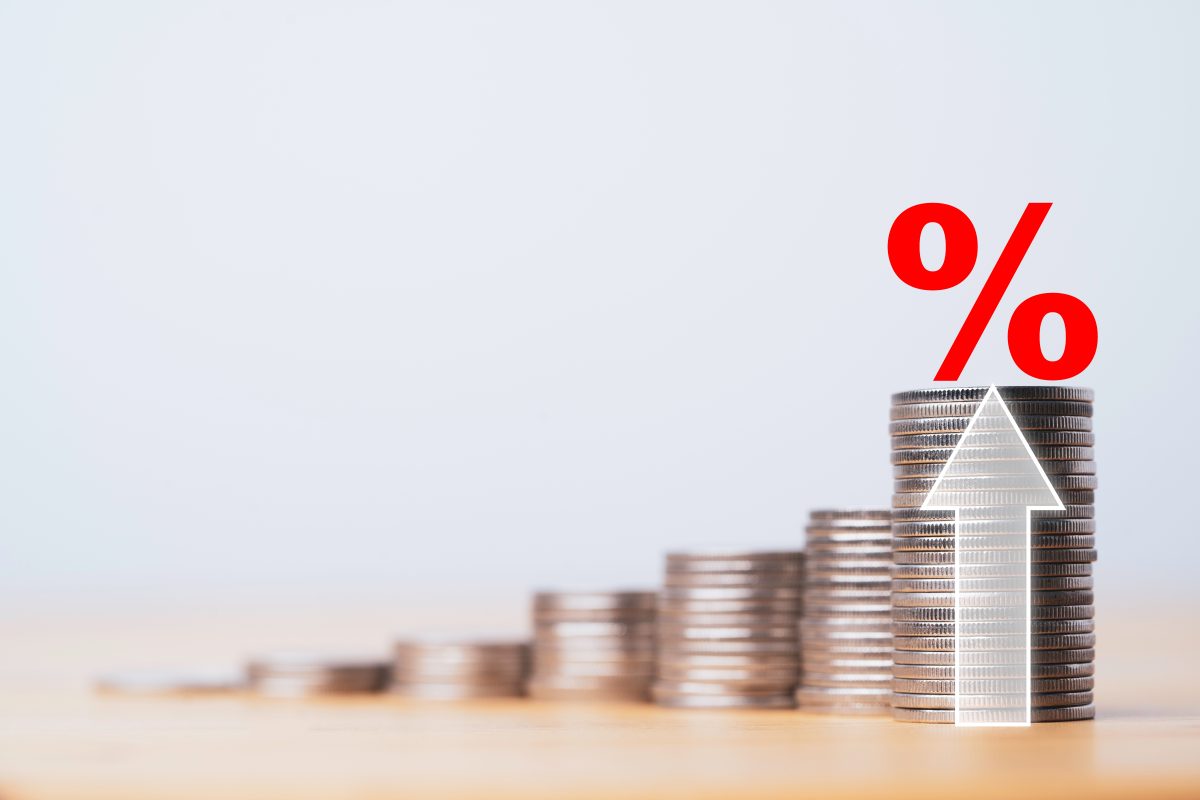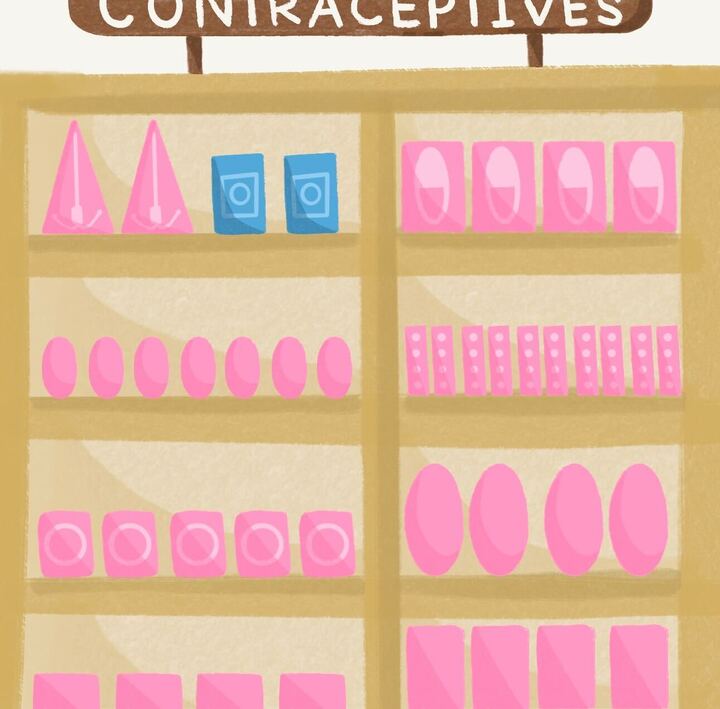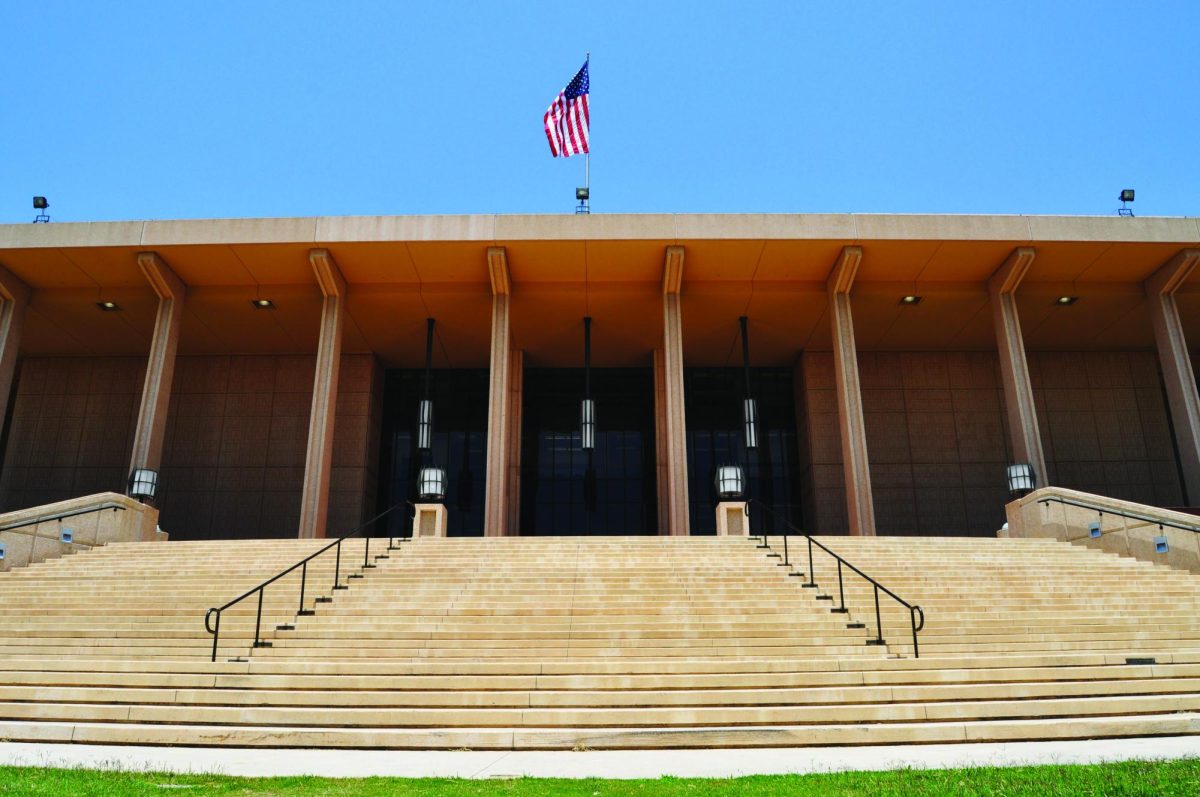Rapid inflation, which has affected everything from groceries to online shopping, seemed like a recent phenomenon. Despite approaching double digits in the United States in June 2022, the latest data show a cooldown to a more manageable 3.1%.
This reduction in inflation is credited to the US Federal Reserve, which is tasked with managing monetary policy to control inflation and unemployment. The Federal Reserve’s primary tool has been adjusting interest rates, particularly the discount rate, which influences the cost of borrowing. A lower rate encourages borrowing and investment, while a higher rate can deter them.
In response to surging inflation in 2021, the Federal Reserve raised interest rates to slow the economy, countering the unexpected boom following the onset of the COVID-19 pandemic in March 2020.
With inflation now lower and dissatisfaction with high rates growing, there’s talk of cutting interest rates to stimulate economic activity. Lowering the discount rate would make borrowing cheaper for both institutional investors and consumers, potentially reducing the costs of auto loans, mortgages and business loans.
However, cheaper borrowing also poses risks. It could overly stimulate the economy, repeating the conditions that led to the severe inflation experienced over the past 40 years. Rapid growth can outpace supply, driving up prices. Increased demand and competition can then raise wages, further fueling inflation in a cycle known as a wage-price spiral where wages and prices escalate together, potentially destabilizing the economy.
Although 3.1% inflation was not the sharp decrease investors were hoping for, the targeted 2% rate of inflation by the Fed is nearing, and the proposed rate cuts remain at the forefront of Wall Street. Despite the political complexities surrounding the interest rate reductions, it is estimated that American consumers will see meaningful reductions take place within the next 12 months. Acknowledging this as a consumer is crucial if you are getting an auto or home loan or seeking the best high-yield savings account.
To explain how these rate cuts may affect your livelihood, let us use the example aforementioned:
Home and auto loans: A decrease in interest rates will also decrease the interest rate you receive on a home or auto loan. Put simply, this reduction is accompanied by lower borrowing costs for taking out a loan on a new car or a mortgage on your first home.
High-yield savings accounts: Like home and auto loans, the same logic applies to savings accounts. A decrease in interest rates will also decrease the yield in your savings account, the difference being that you will earn less on your money when parked in a savings account. This is one of the reasons many investors purchase securities in the open market because they have a better chance of a higher return compared to the diminishing yield of their savings accounts.
It is understood that macroeconomics can be confusing, as it puzzles even the brightest minds in economics and finance. Taking a step back to view the bigger picture and how it will affect your financial objectives, however, is much more plausible for the average consumer.
